Laws and regulations
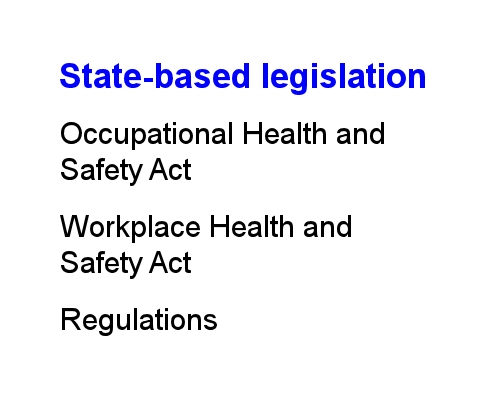 Audio for slide 1 (mp3 |6|KB)
Audio for slide 1 (mp3 |6|KB)
Although the laws have always been very similar, until recently they were developed separately by each jurisdiction and given titles like the Occupational Health and Safety Act or Workplace Health and Safety Act.
Each of these Acts has a set of legally-binding Regulations, which expands on particular aspects of the Act and provides details on how it should be implemented.

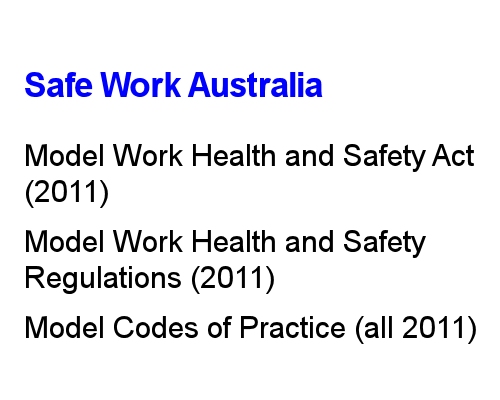 Audio for slide 2 (mp3 |6|KB)
Audio for slide 2 (mp3 |6|KB)
Along with this new Work Health and Safety Act are model Regulations and Codes of Practice.
These documents have been developed by Safe Work Australia, the new government body created to oversee the harmonisation process.
It was hoped that by the end of 2012 all states and territories would have adopted the new Act and Regulations. However, it's turned out that Victoria and Western Australia have decided to remain with their existing laws, for the time being at least, while they consider how they will proceed.

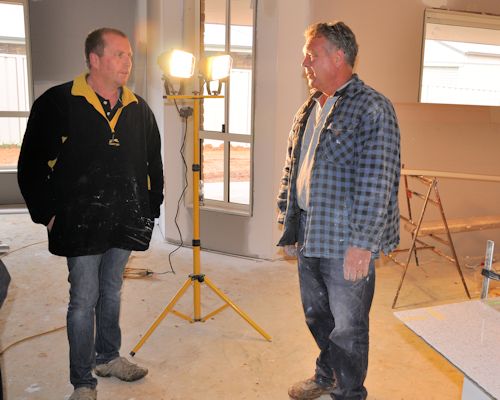 Audio for slide 3 (mp3 |6|KB)
Audio for slide 3 (mp3 |6|KB)
Changes in the WHS Act and Regulations
In practice, the new Act and Regulations are much the same as the previous state-based laws.
The purpose of these national laws was not to make a whole lot of changes, but to bring all the little differences between the jurisdictions into line.
This is especially helpful for people who work interstate and companies that have a national coverage.

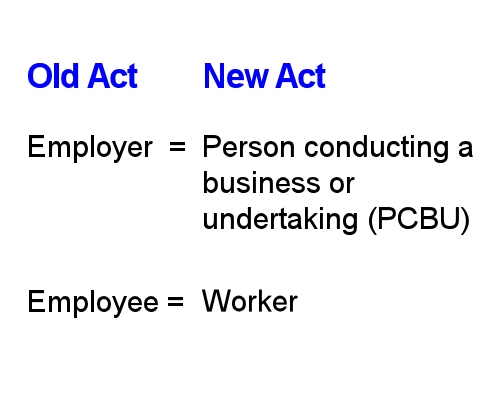 Audio for slide 4 (mp3 |6|KB)
Audio for slide 4 (mp3 |6|KB)
Because there are so many ways of working under the direction of a 'boss', the person in charge of an operation is no longer called the 'employer'.
They are now a 'person conducting a business or undertaking', or PCBU.
The term 'employee' is also no longer used, and anyone who carries out work for a PCBU is now simply called a worker.
This change was needed so it could include volunteers, students, subcontractors and anyone else who works for another party, whether they're technically 'employed' by them or not.

Learning activity
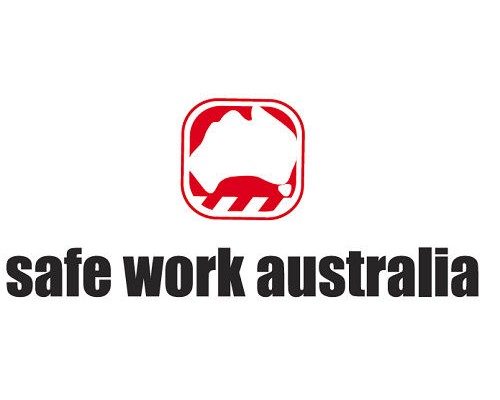 Audio for slide 5 (mp3 |6|KB)
Audio for slide 5 (mp3 |6|KB)
Which Act applies to your state or territory? Write down its full title, including the date it was passed by the state or territory government. If you're not sure which Act is currently in place, click on the link below:
Safe Work Australia - The law in your state
Click on the link below to see a list of 'model' Codes of Practice.
Safe Work Australia - model Codes of Practice
Which of these codes relate to the sort of work you do? Write down their titles.
Follow the links to the codes that interest you most and have a look at the work practices they describe.





